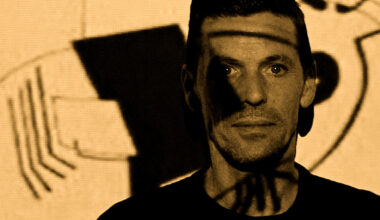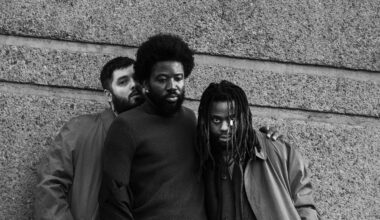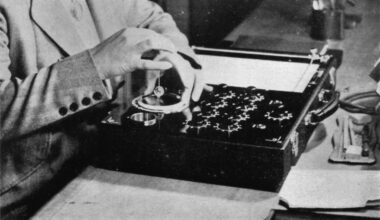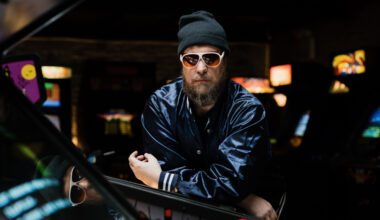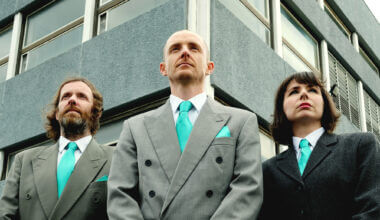Established in 1988, The Orb were instrumental in a scene whose ripples are still very much felt on these pages today. Where did it all start, and how has it come to be such a vital part of our world? What you need is a potted history of chill-out…
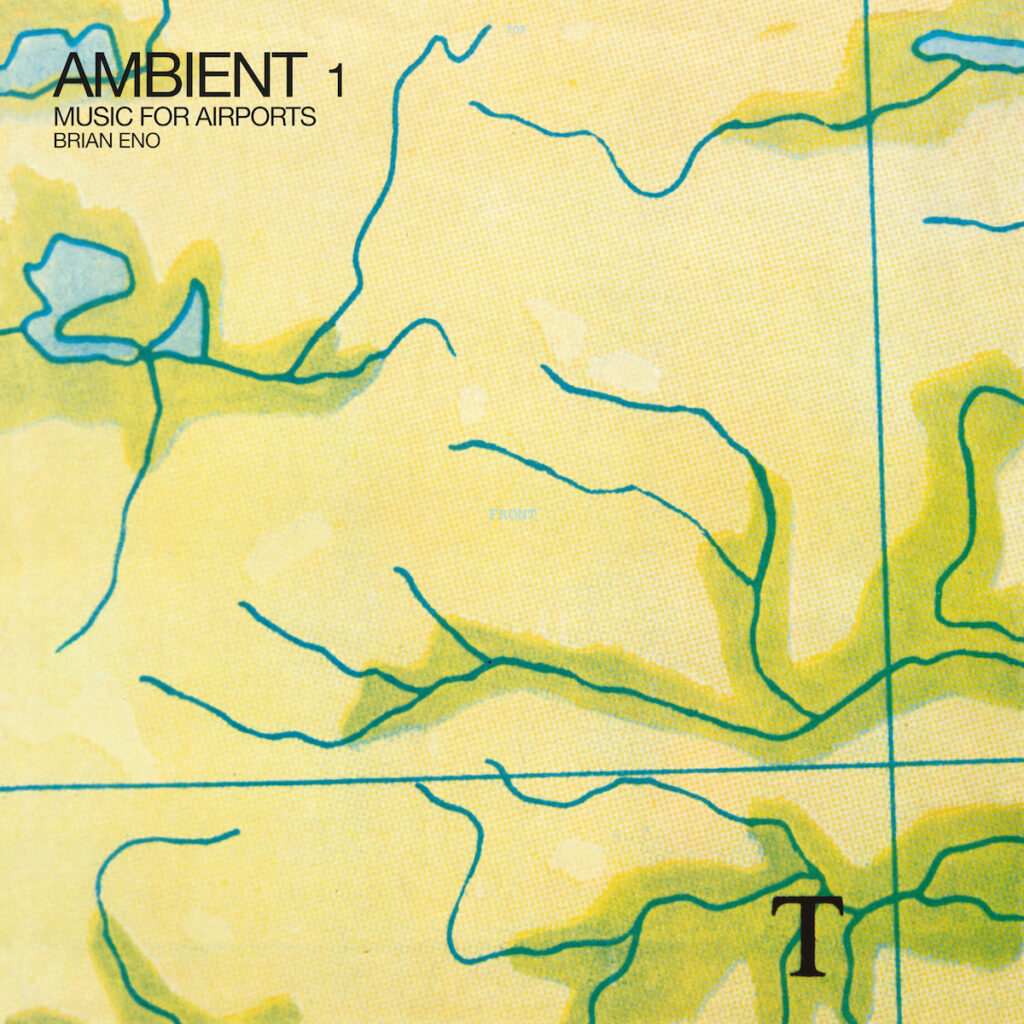
It’s a Monday morning in early February and Radio 4’s ‘Today’ programme is presenting an item on the muzak callers are forced to endure while left endlessly on hold by many modern businesses.
Vivaldi’s ‘The Four Seasons’, that well-worn staple of the corporate phone call, is falling from favour, we’re told. A guest is on hand to talk us through a few examples of new music being commissioned to do the job instead. First up is the very upright, sober and dignified-sounding classical piece that says stability and tradition, designed for banks and other financial institutions.
A second example has loose, oozing synth pads and a vaguely blunt-sounding trip hop beat, limping along at a snail’s pace. This, the guest says, is the perfect branding for a trendy bar or hairdresser. It even has a name – ‘Best Served Chilled’.
The item serves as a marker, at the very least, of how far chill-out culture has come. When Brian Eno coined the phrase “ambient music” in 1978, as he released the landmark album ‘Ambient 1: Music For Airports’, the music was seen as an eccentric, almost academic sideline.
From that point on, though, it grew steadily from a niche interest into an active sub-culture, before gatecrashing the mainstream, spawning chart-topping albums and arena-packing live acts and festivals devoted to the genre. While it’s little wonder that it has finally been absorbed into the furthest reaches of our culture, effectively becoming part of the musical landscape, it’s also particularly ironic.
Back in the late 70s, when Eno was first explaining his concept of ambient music, he saw it as a direct competitor to muzak. Something that could inhabit and lend its sonic flavour to any given space, a type of music designed to be assimilated, more than consciously listened to.
The story of its inception began when Eno slipped on a road and was hit by a car. Convalescing at home, he was visited by a friend.
“I was confined to bed, I couldn’t move,” he told Al Jazeera in an interview in 2011, “but as she left, my friend said, ‘Shall I put a record on?’ and I said ‘please’. She put a record on, and then left.
“The record, of 18th century harp music, was much too quiet, but I couldn’t reach to turn it up. It was raining outside, I remember, and so I lay there, at first frustrated by this situation. But then I started listening to the rain and these odd notes of the harp that were just loud enough to be heard above the rain.
“This was a great musical experience for me and I suddenly thought of this idea of making music that didn’t impose itself on your space in the same way, but created a sort of landscape that you could belong to, you could be part of. I rather pompously gave it a new name. I called it ambient music. And it went on to become something I no longer recognise.”
‘Ambient 1: Music For Airports’, widely lauded as the first ambient album, was written after Eno visited Cologne airport in Germany and was appalled that the very beautiful surroundings of the spectacular building were being marred by terrible muzak.
“I thought it completely wrong that people don’t think about the music that goes into situations like this,” he would later explain. “They spend hundreds of millions of pounds on the architecture, on everything, except the music.”
The long and soothing, slow-motion synth lines and almost choral pianos echoing in huge spaciousness, form a definitive year zero for the ambient movement. The fact this was delivered against a prevailing backdrop of late-70s punk rock makes it an even more radical prospect.
But no type of music simply springs fully formed from nowhere, of course. There are aesthetic and conceptual parallels with many different forms of 20th century music that came before ‘Ambient 1’, from Terry Riley and Steve Reich’s experiments in repetition and minimalism, to the meditational instrumentals of Steve Hillage’s early 70s solo albums, such as ‘Rainbow Dome Musick’. Musique concrète experiments were conducted in France and Germany as far back as the early 20th century by the likes of Pierre Schaeffer, Stockhausen, Pierre Henry and a host of others, who used field recordings and early synthesisers to create pieces.
But if anything echoes Eno’s bed-bound experience of letting the outside world invade a piece of music, it’s John Cage’s ‘4’33”’, a piece for an orchestra with no notes, which invites its audience to open its ears to the world around them. The work is so significant that even though it was written nearly 70 years ago, it still regularly pops up in popular culture as a benchmark of sorts.
In 2010, there was a Facebook campaign to propel it to the Christmas Number One slot as a protest against ‘The X Factor’. As recently as last year, Mute Records commissioned ‘STUMM433’, which saw over 50 artists, including names like Depeche Mode and label owner Daniel Miller, supply their own take on Cage’s classic.
Designed to celebrate the label’s 433rd release, the proceeds were donated to the British Tinnitus Association and music welfare charity, Music Minds Matter. Mute’s press release for the project begins with a Cage’s own quote: “Wherever we are, what we hear is mostly noise.”
You can see its influence in the conceptual celebration of ‘No Music Day’ – November 21, if you’re wondering – an event launched by Bill Drummond of The KLF in 2005. What better way, he figured, to celebrate and truly appreciate the music around us, than to deny ourselves its pleasures for just one day a year?
The city of Linz in Austria officially adopted its aims in 2009, encouraging schools, shops and businesses to fall silent. Its success may have been limited, but as an intellectual talking point it continues to have a lot of power.
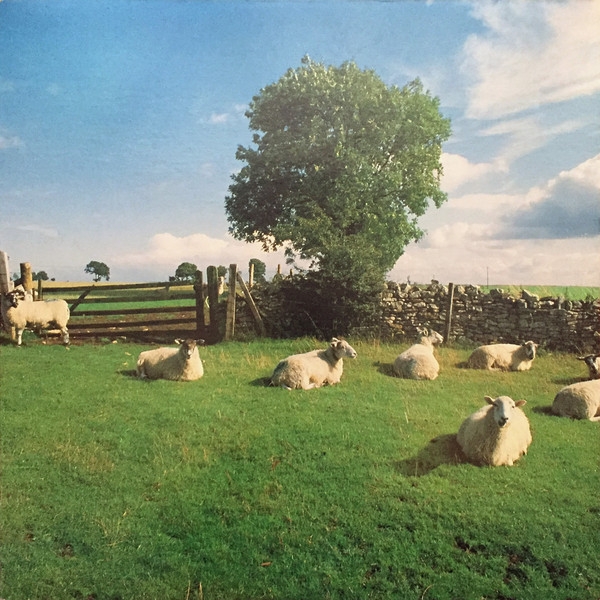
The KLF and Alex Paterson’s The Orb loom large in the second wave of ambient music, and were part of the generation which eventually took it overground. Paterson, who formed The Orb with Jimmy Cauty (also, and later exclusively, of The KLF), had been closely involved with the first wave of ambient.
After cutting his teeth as a roadie for dub-obsessed punks Killing Joke, Paterson joined their sometime-label EG as an A&R man. There he oversaw a succession of influential albums in the genre by Brian and Roger Eno, Robert Fripp (who would later collaborate with Paterson under the moniker FFWD), Penguin Cafe Orchestra and many others.
The explosive modification to the music’s DNA that Paterson made was the addition of turntable culture, which had begun with hip hop at the start of the 80s. By 1987, it was gathering pace thanks to pioneering tracks by Coldcut, among others, made entirely on decks from other people’s records.
Paterson and Cauty were invited by Paul Oakenfold to become resident DJs in the upstairs chill-out room at Land of Oz, the acid house night that took over from Spectrum at London club Heaven. While the likes of Oakenfold and Andrew Weatherall filled the main dancefloor with rave energy, Paterson and Cauty were weaving bewitching collages of sound, drawing not just on a wealth of musical delights, but also soundtracks, field recordings and spoken word. If you were looking for a phrase to encapsulate this new philosophy, you could do worse than the title of The Orb’s ‘No Sounds Are Out Of Bounds’ album from 2018.
Theories around the actual involvement of Cauty and Paterson on seminal records like The KLF’s ‘Chill Out’ album, the eponymous ‘Space’ album and early Orb releases, vary wildly depending on who you ask, but there’s no denying that the experience the pair shared behind the decks at Heaven shaped them all. ‘Chill Out’, for instance – half album, half DJ set – is a thematic journey across the southern states of America that sees Elvis, Fleetwood Mac and Acker Bilk poking their noses into proceedings when you’re least expecting them.
Likewise, although Paterson soon chose to go his own way with The Orb, teaming up with engineer Kris “Thrash” Weston, the manifesto stayed very much the same. Listen to the sumptuous 12-minute rendition of ‘OOBE’ on their ‘Live 93’ double album as a fairly random example.
Recorded in Copenhagen on 29 August 1993, over a bed of tinkling keyboards and recordings of gently twittering birds, the philosopher Karl Popper discusses his three-world theory, accompanied by the sound of someone potting snooker balls. Sitars, Mongolian flutes and a man with a cough all go to make this a truly superlative surrealist collage that’s both poignant and a little daft at the same time.

It’s ironic that The Orb would take the freedom and unpredictability of turntable culture and reshape it, and themselves, into a massive live act. Their live shows at the start of the 90s, including the first-ever all-nighters at Brixton Academy, would pave the way for the likes of Orbital, Leftfield and Underworld to become established live acts. With the arrival of the internet and a collapse in recorded music revenues lurking around the corner, it was a move that would become key to the survival of electronic music.
The Orb’s success – which arguably peaked in July 1992 when their second album ‘UFOrb’ landed at Number One in the UK album charts – opened the floodgates for ambient culture. Chill-out rooms became particularly prevalent in clubs around this time, especially as rave and techno got harder and more aggressive in nature, but in the end, the genre escaped its back-room mentality and struck out on its own.
The Big Chill, for instance, started as a Sunday afternoon session in one of the rooms at the Union Chapel. I fondly remember seeing a gaggle of Brownies having taken a wrong turn somewhere in the chapel during one such early Chill event, suddenly appear through a door to the right of Coldcut’s Matt Black, mid-set, before being quickly ushered out by a Brown Owl. It’s hard to know who looked more confused.
The Big Chill empire would slowly build itself into one of the major festivals, eventually taking up residence at Eastnor Castle in Herefordshire, until it was finally bought out and killed off by Festival Republic.
Over-saturation and the beginnings of mainstream interest in chill-out drew some elements in the scene to make increasingly confrontational music. Aphex Twin, having won many fans with the friendly, pure melodies of ‘Selected Ambient Works 85-92’ (not strictly an ambient record although very much influenced by it), delivered the much more uncompromising ‘Selected Ambient Works Vol II’ in March 1994.
Featuring nearly three hours of untitled, almost exclusively beatless soundscapes, apparently inspired by lucid dreaming, it’s widely considered a classic now, but despite reaching Number 11 in the UK charts, it gained a very mixed response from critics and fans alike.
‘Isolationism’ – the fourth entry in Virgin’s Ambient Series curated by Kevin “The Bug” Martin – became the watchword in ambient music by the end of the 90s. Quite deliberately, there was no way this music – which brought a number of industrial musicians into the genre – was going to be featured on a Ministry Of Sound compilation. But that was very much the point.

If the mainstream expected ambient to die, they were very wrong. An online search for reports of an “ambient revival” will bring up a plethora of stories, all with different years. Electronic Sound readers will already know from the plentiful supply of releases reviewed by us every month, that this music has never disappeared. But if you’re looking for mainstream indications of the rude health of ambient music, they’re never far away.
There’s the Top 40 success that ‘Crush’ by Sam Shepherd, aka Floating Points, enjoyed in 2019. There’s also the rather exciting prospect of a new ambient festival being planned for summer 2020 by Mixmaster Morris, one of the genre’s most faithful and famous servants. Details remain close to his chest, but one idea that has leaked out is a proposed cricket match, the full five days long. We can only hope.*
*No UK festivals took place in the summer of 2020…

